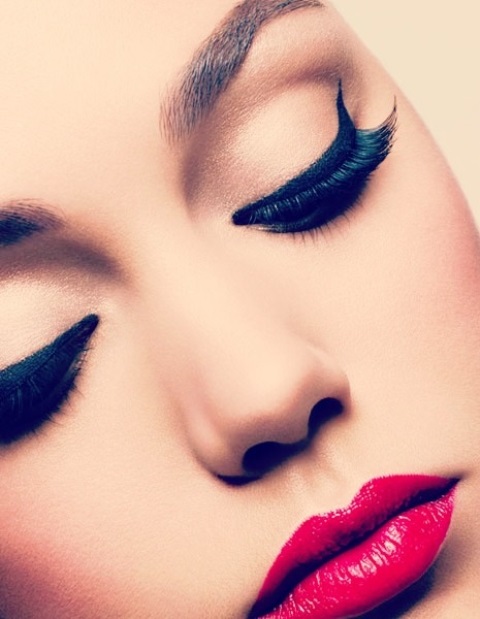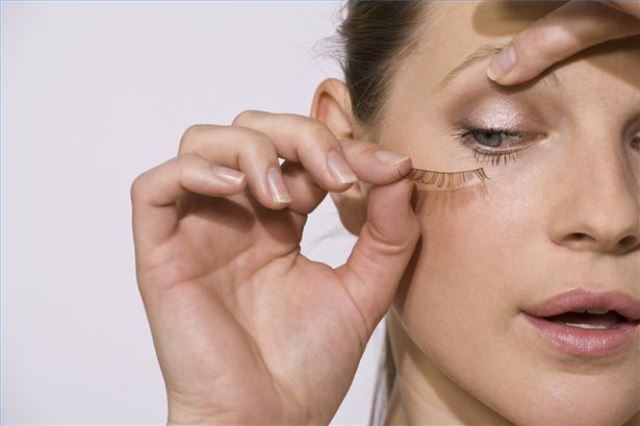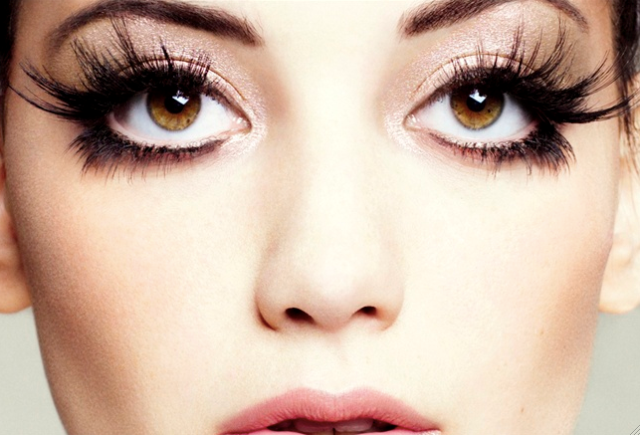
A trademark sign of beauty can be seen in every mascara commercial today. A young woman bats her long, silky eyelashes promising that this product will make them longer, fuller, and sexier. Unfortunately, not all of these promises are kept and women are left searching for alternatives to achieve their own gorgeous lashes. The practice of applying false eyelashes using glues and adhesives has grown in popularity over the years, starting with their origination in 1916. They seemed to be the safe and easy way to enhance the eyes appearance at a relatively low cost. However, doctors are now warning women that the costs may come from somewhere other than their wallets.

In a recent interview, Dr. Rochelle Myers, OD from Southwestern Eye Center shares her concerns regarding the prolonged use of false eyelashes and other eyelash extensions. It is not uncommon to encounter an allergic reaction to the formaldehyde commonly found in the adhesive used to apply false eyelashes, though most cases go unreported. Not only is there danger involved in the adhesive, but even more problems can develop due to the extra length provided by artificial lashes. The denser, lengthened lashes easily accumulate additional dirt and debris, causing more discomfort and irritation to the conjunctiva and cornea of the eye. As a result, the fake lashes form a perfect environment for harboring bacteria which can lead to fungal infections.
Consumer reports advise customers that they would be better off sticking with trusted mascara products instead of frequently applying false lashes. If you absolutely can’t go without false lashes, Dr. Myers suggests using Georgia Beauty brand. They contain no toxic materials and have soothing chamomile to prevent skin irritation. However, she strongly suggests that, optimally, false lashes should be avoided completely due to the potential risks.

Dr. Myers offers professional advice on how to reduce the danger of infection when using eye makeup. First, always be certain that your face and eyes are washed clean before applying makeup and before going to bed. You should never sleep while still wearing makeup. Avoid covering any of the oil glands found on the eyelids as a preventative against clogging them. As for the makeup products themselves, “Make sure you throw away your eye makeup about every three months - especially your mascara,” says Dr. Myers. “If you develop an eye infection, throw away your eye makeup immediately.”
Stay healthy by remembering to keep a sharp eye out for any signs of infection or allergic reaction. Blurred vision in association with eyes that itch, become red and swollen, and seep a watery or mucous discharge are potentially infected. It is best to seek a medical professional immediately for treatment upon development of these symptoms.